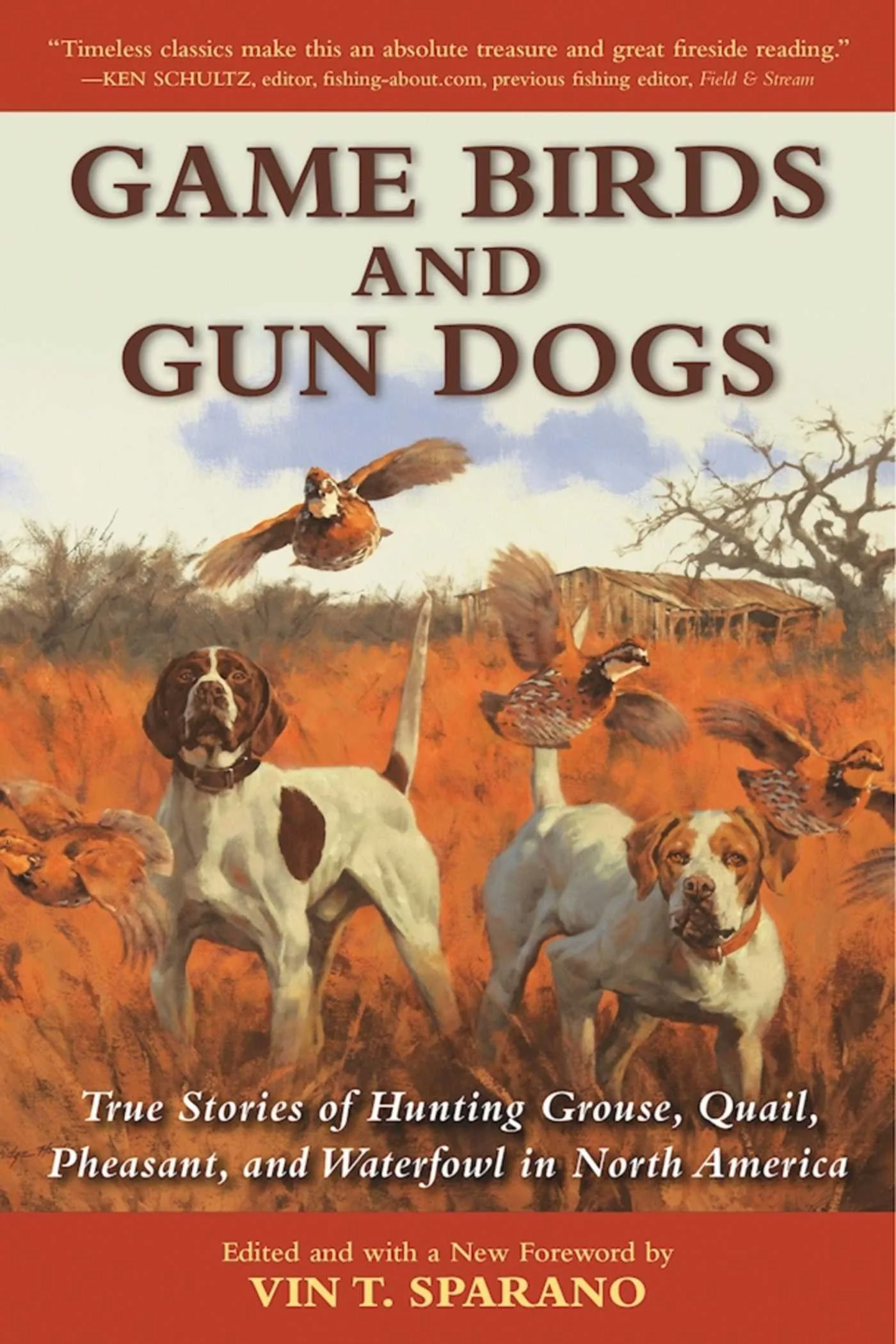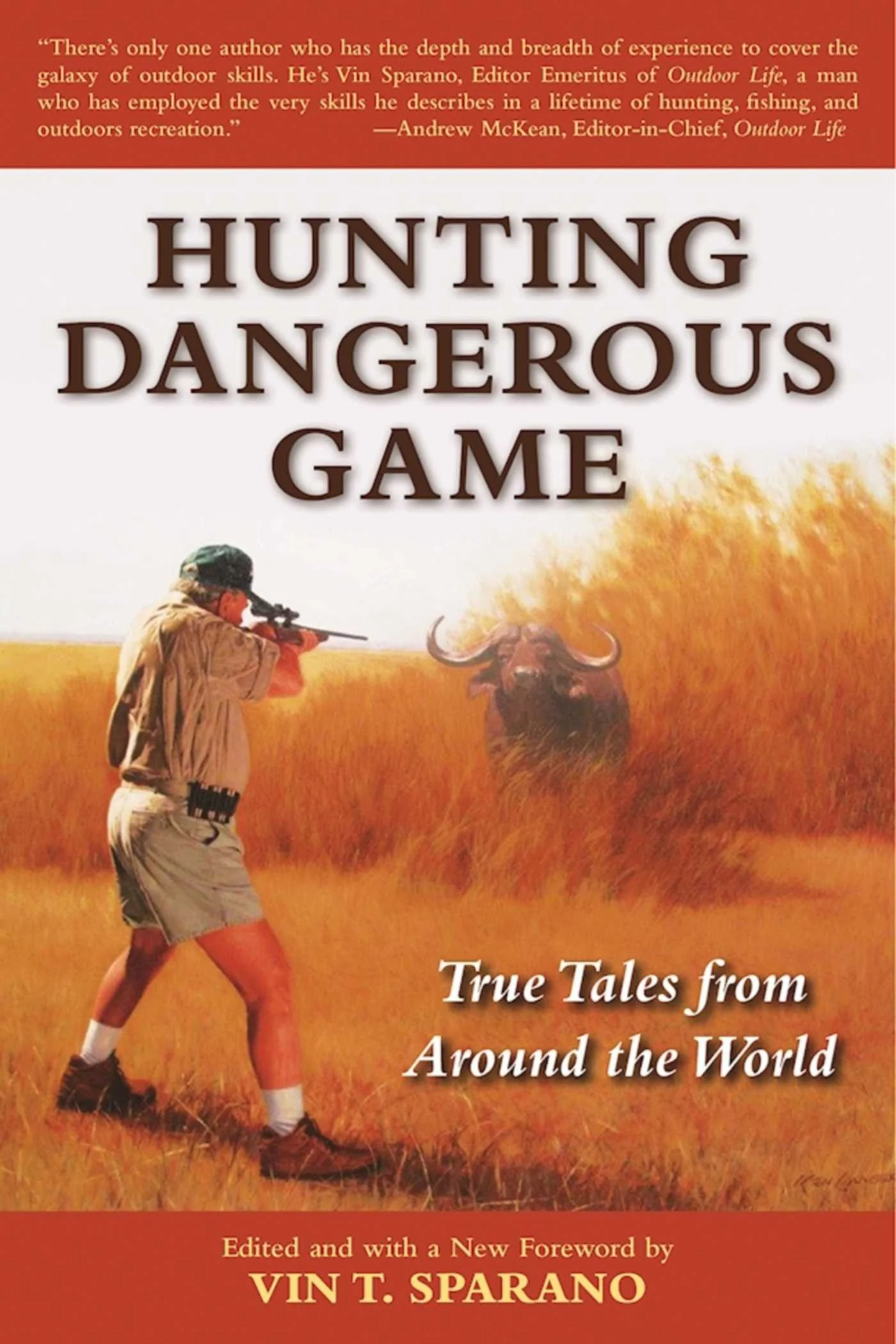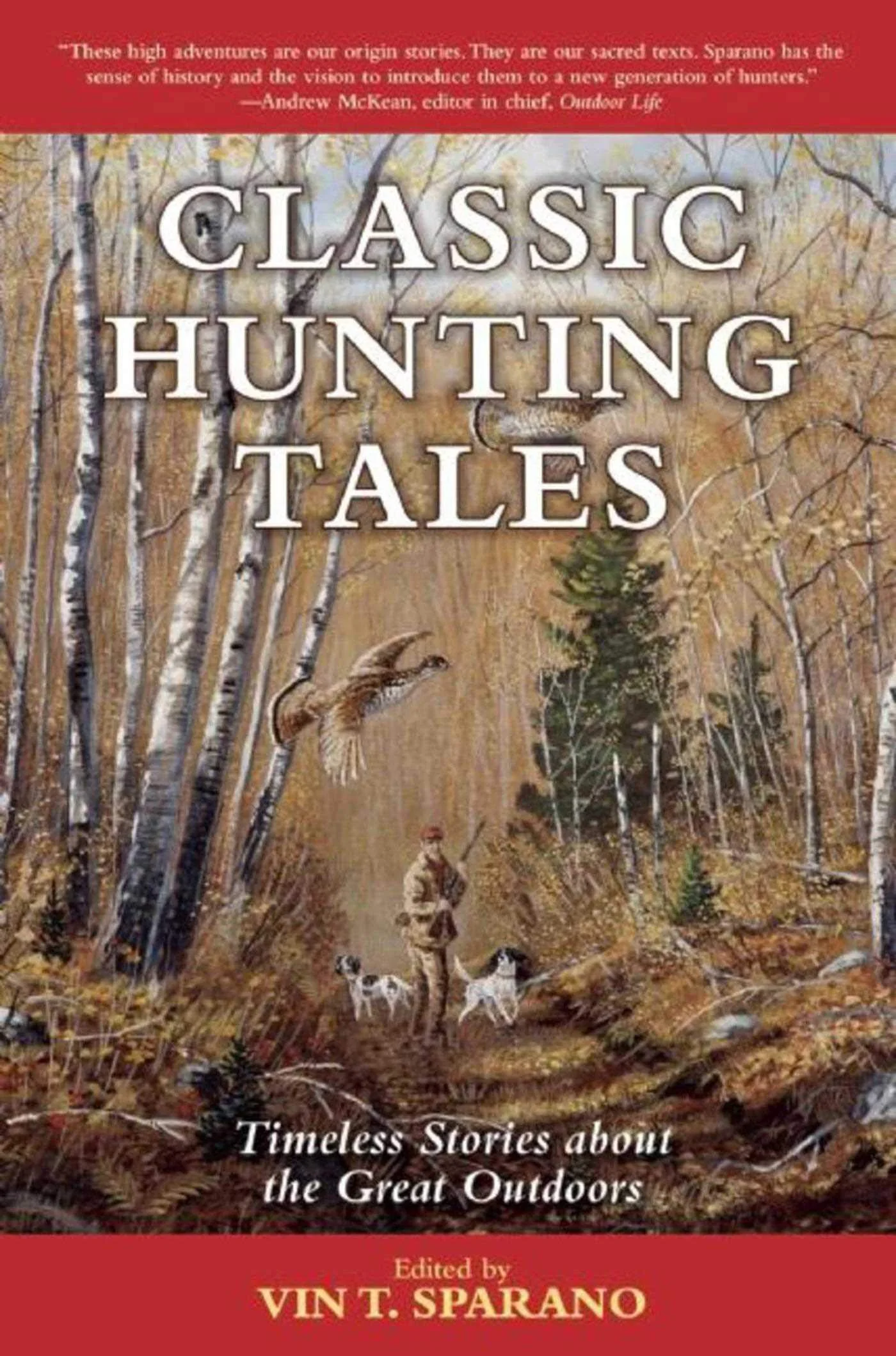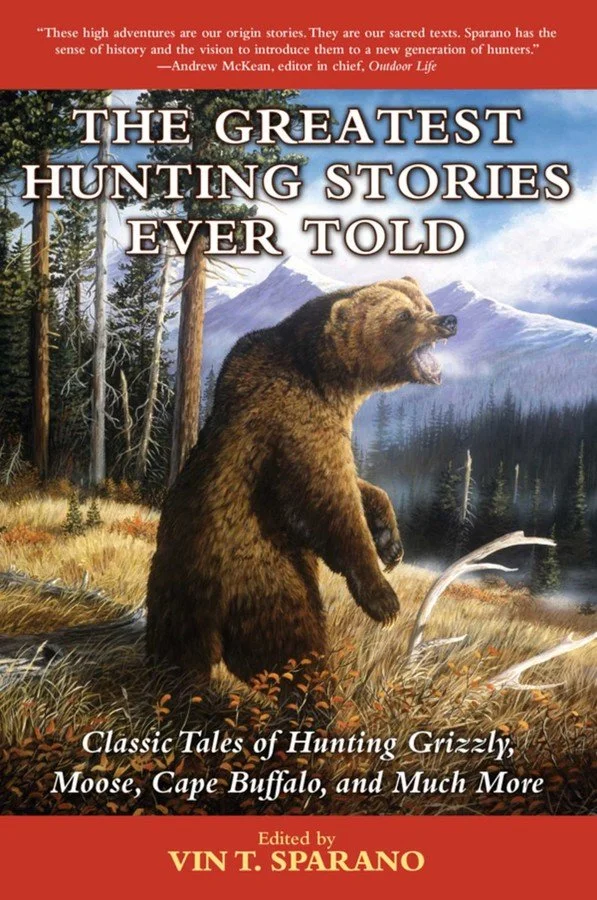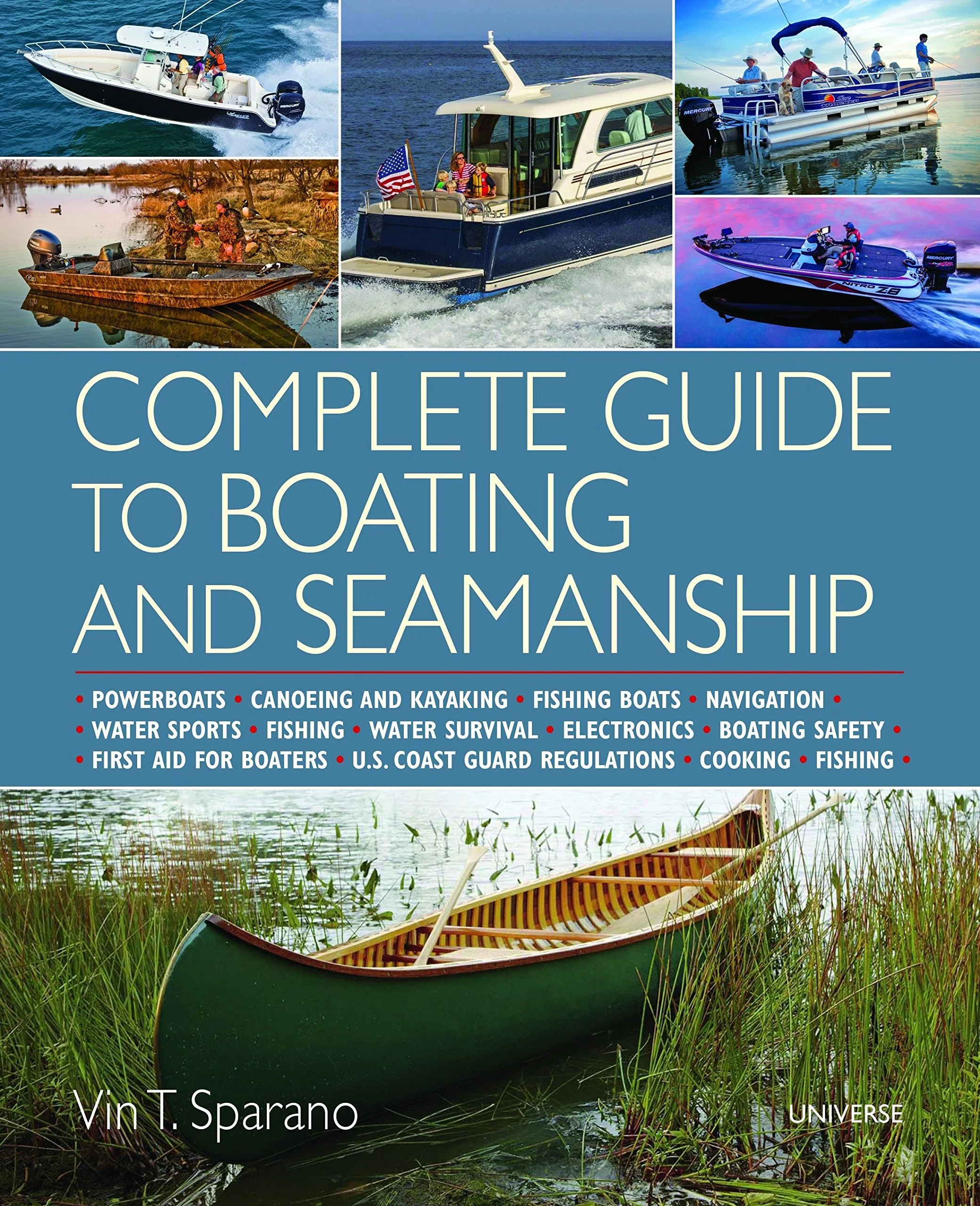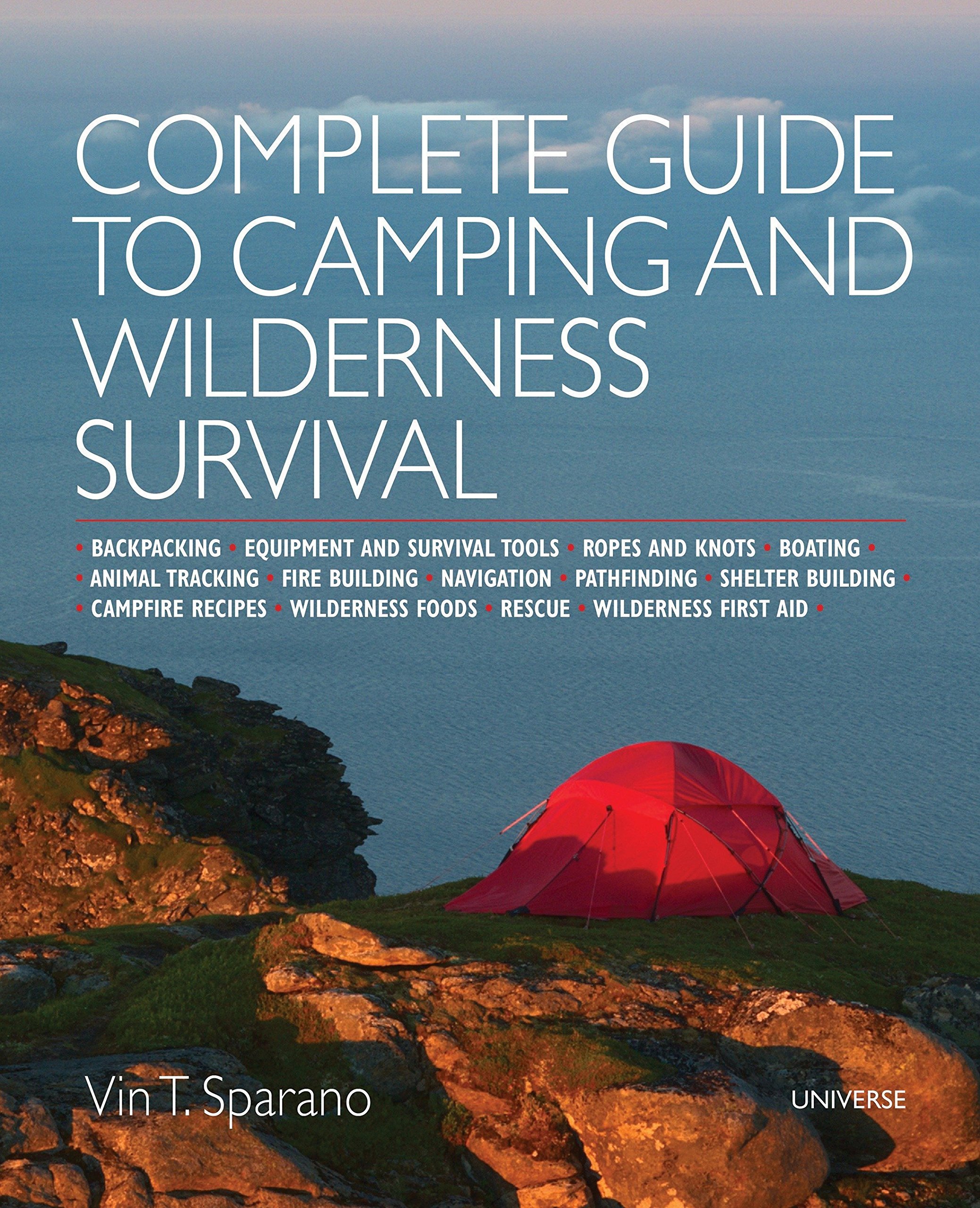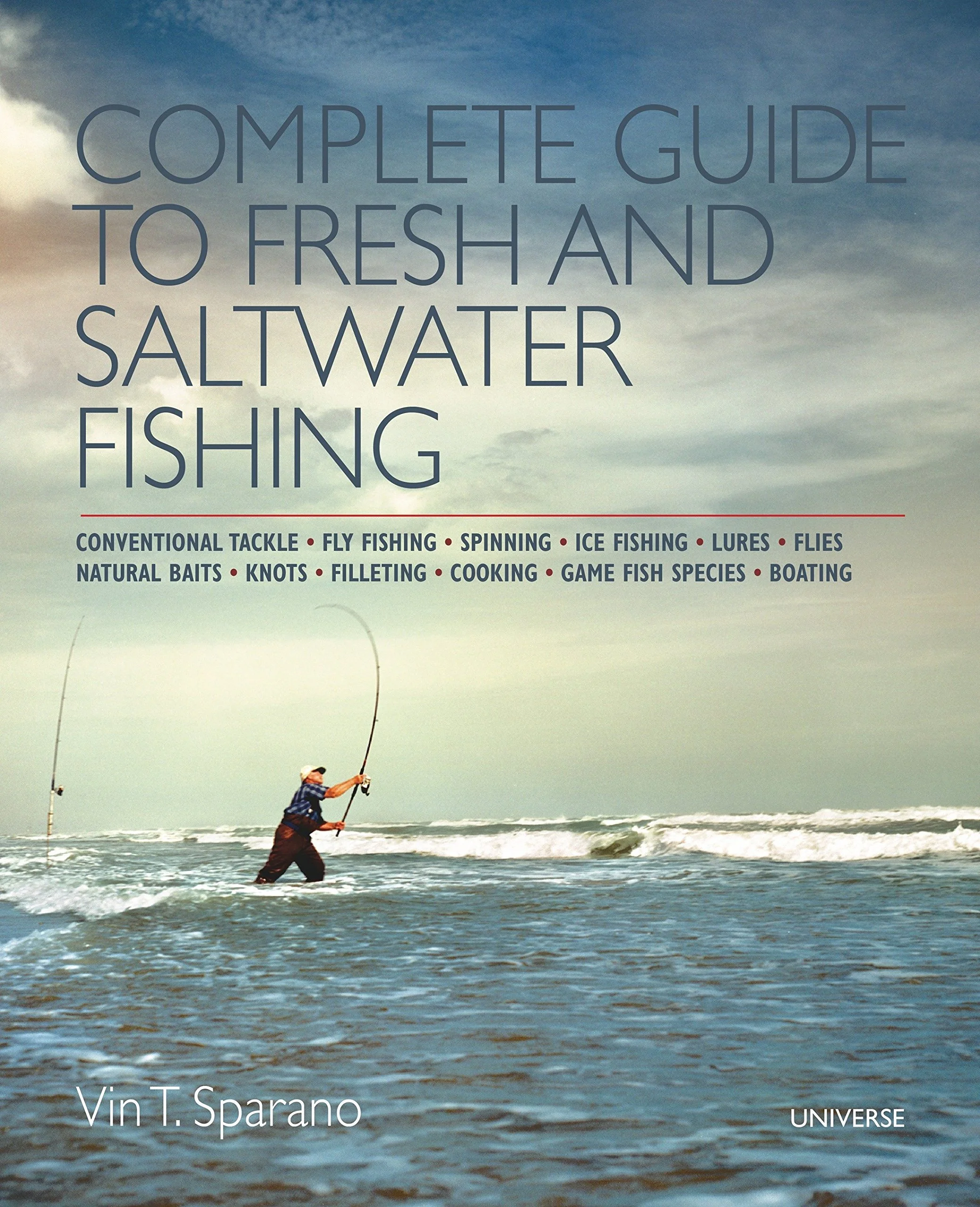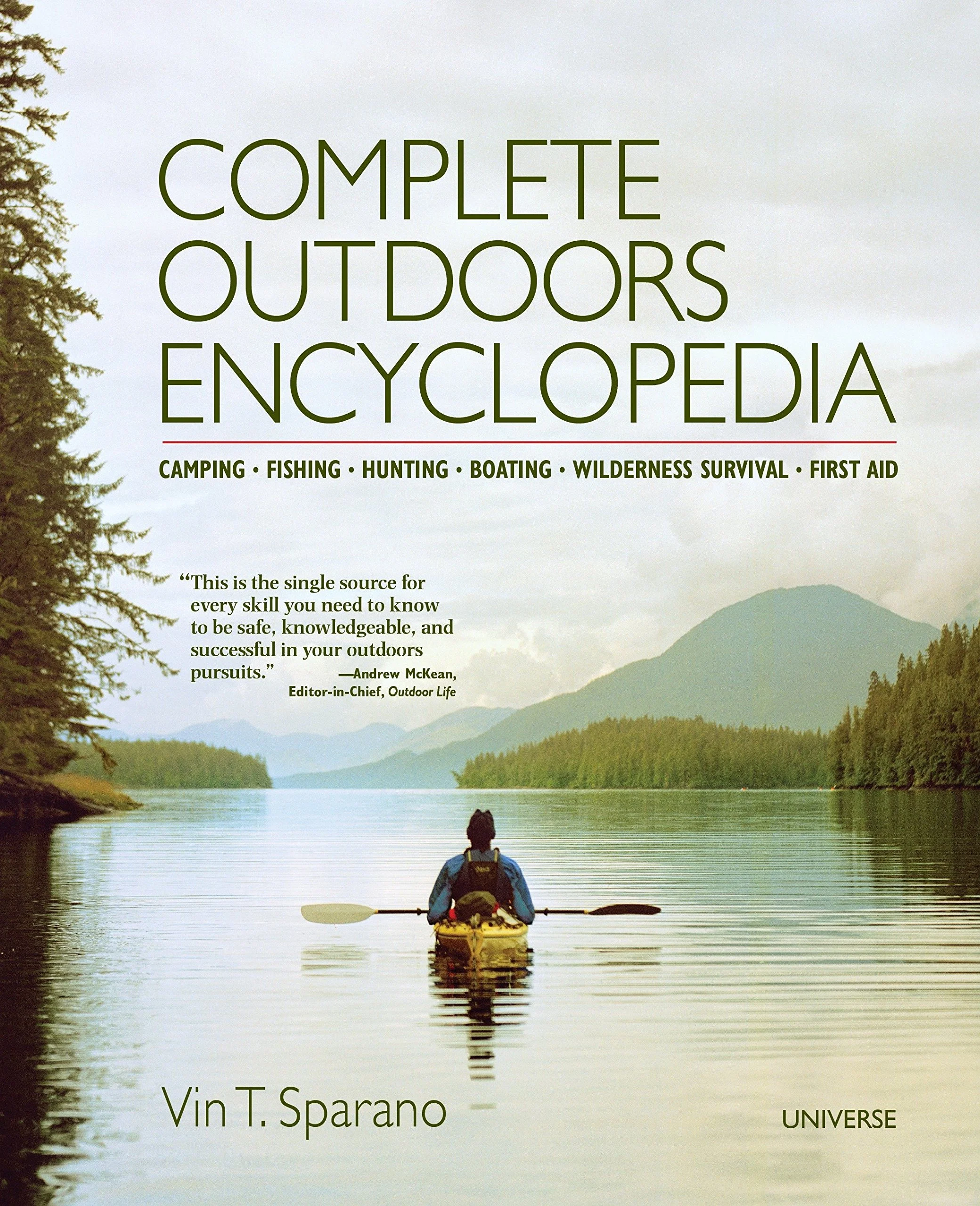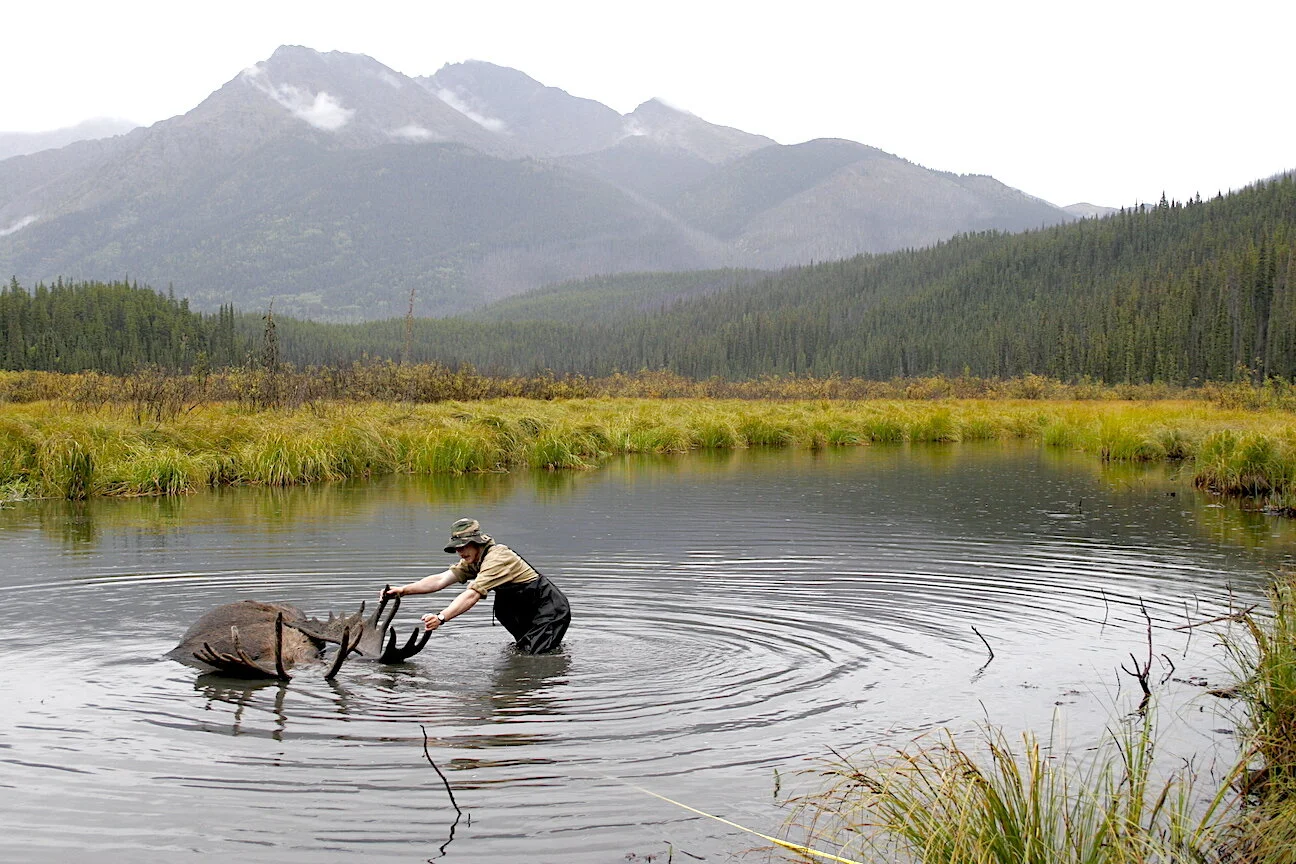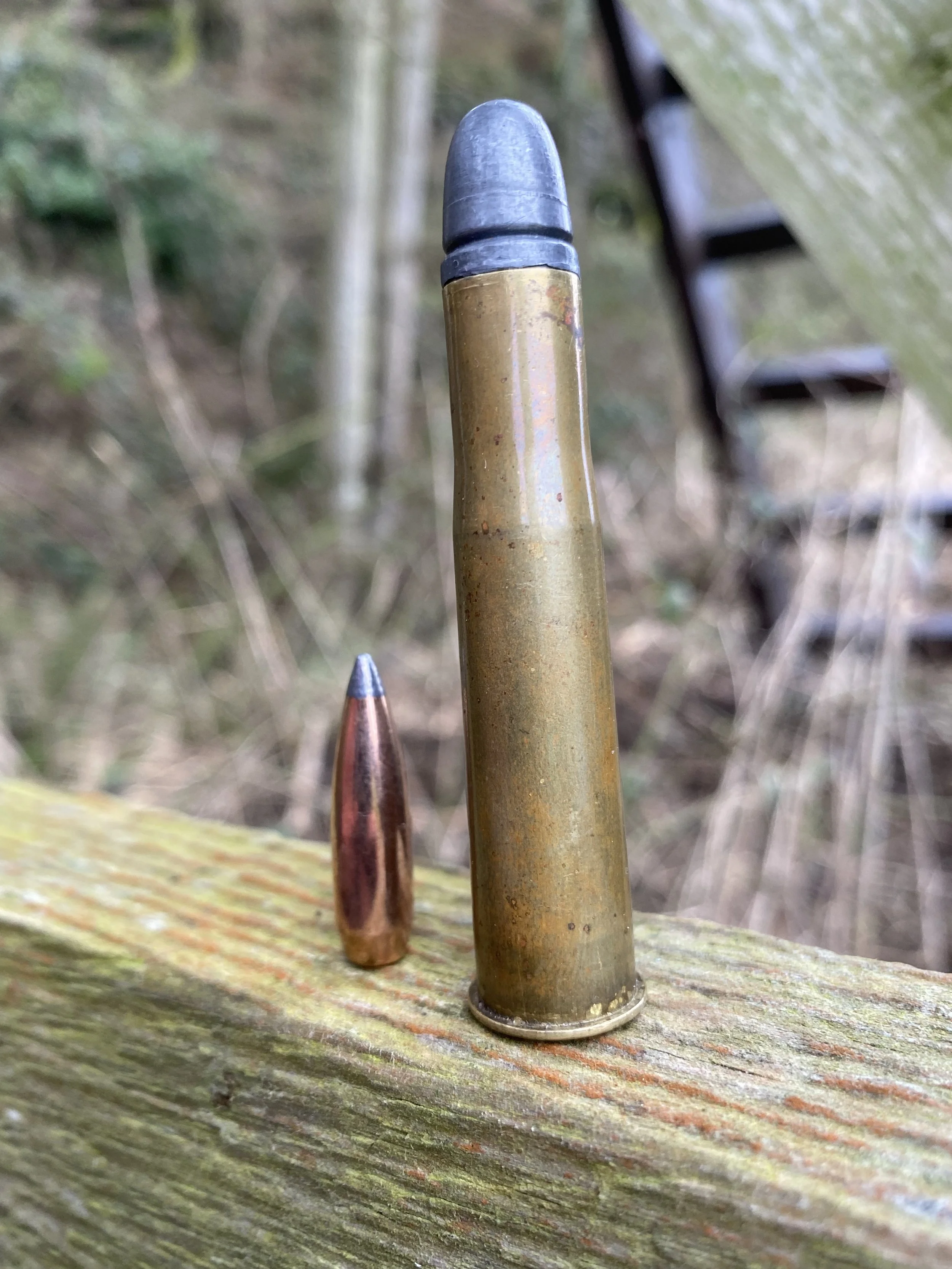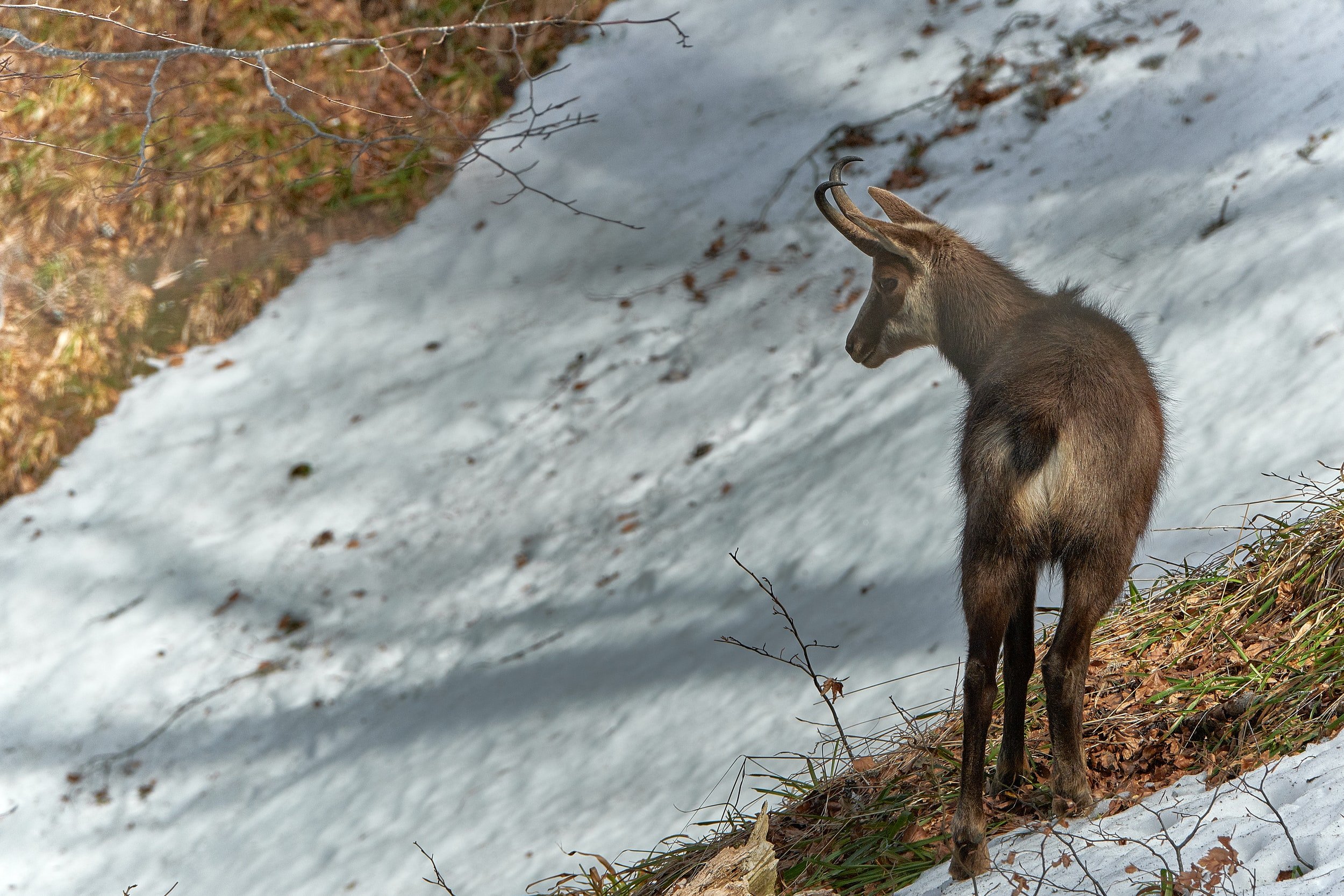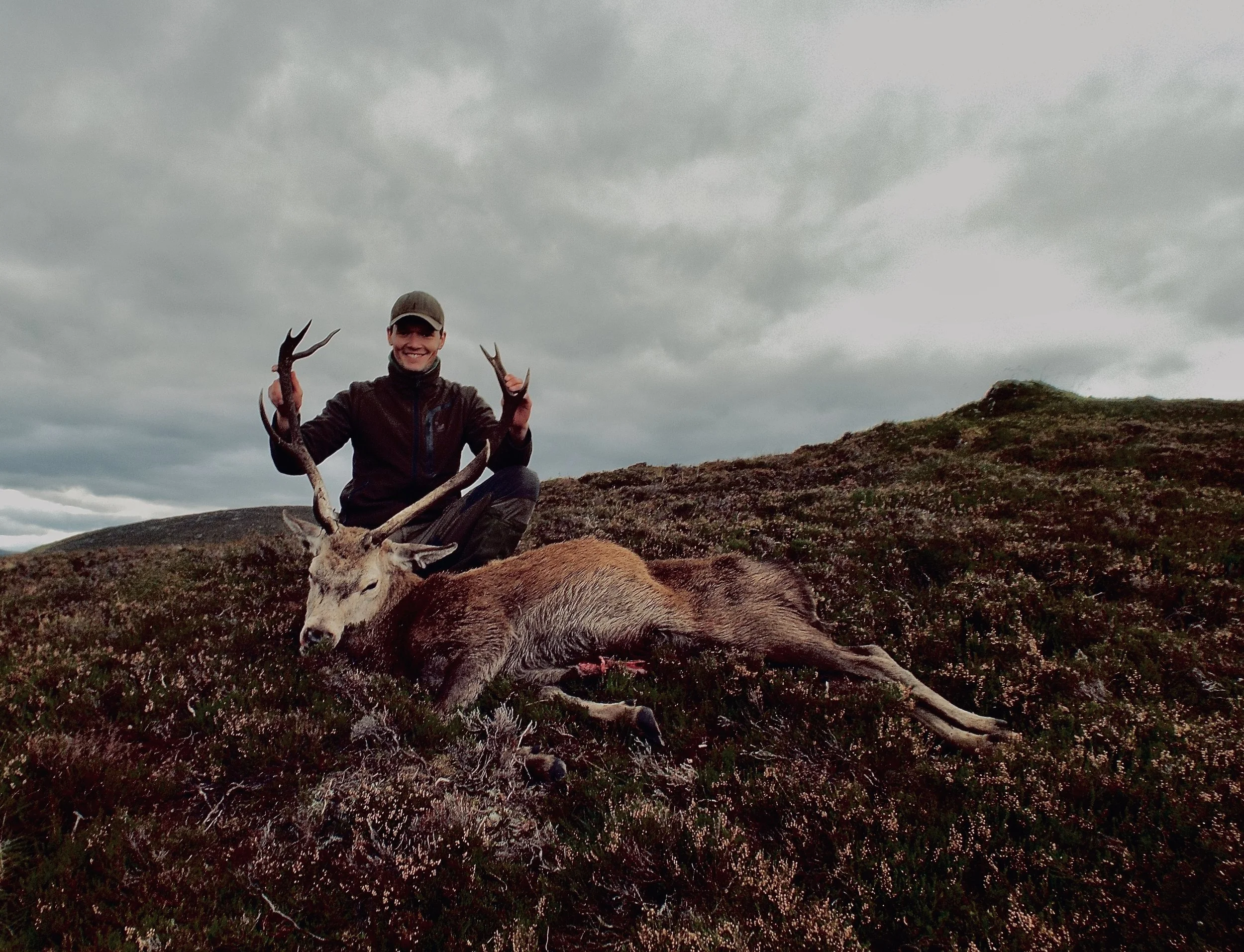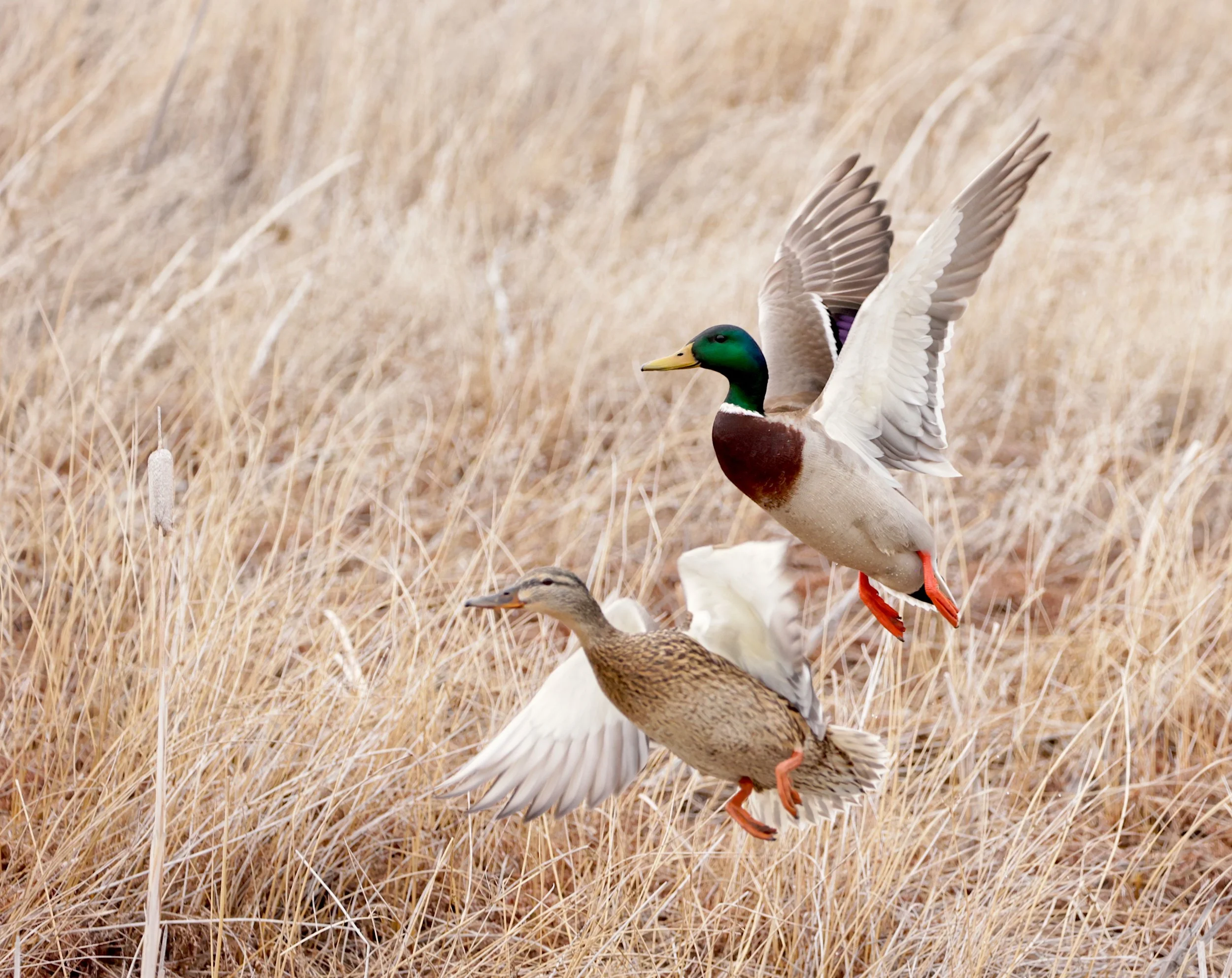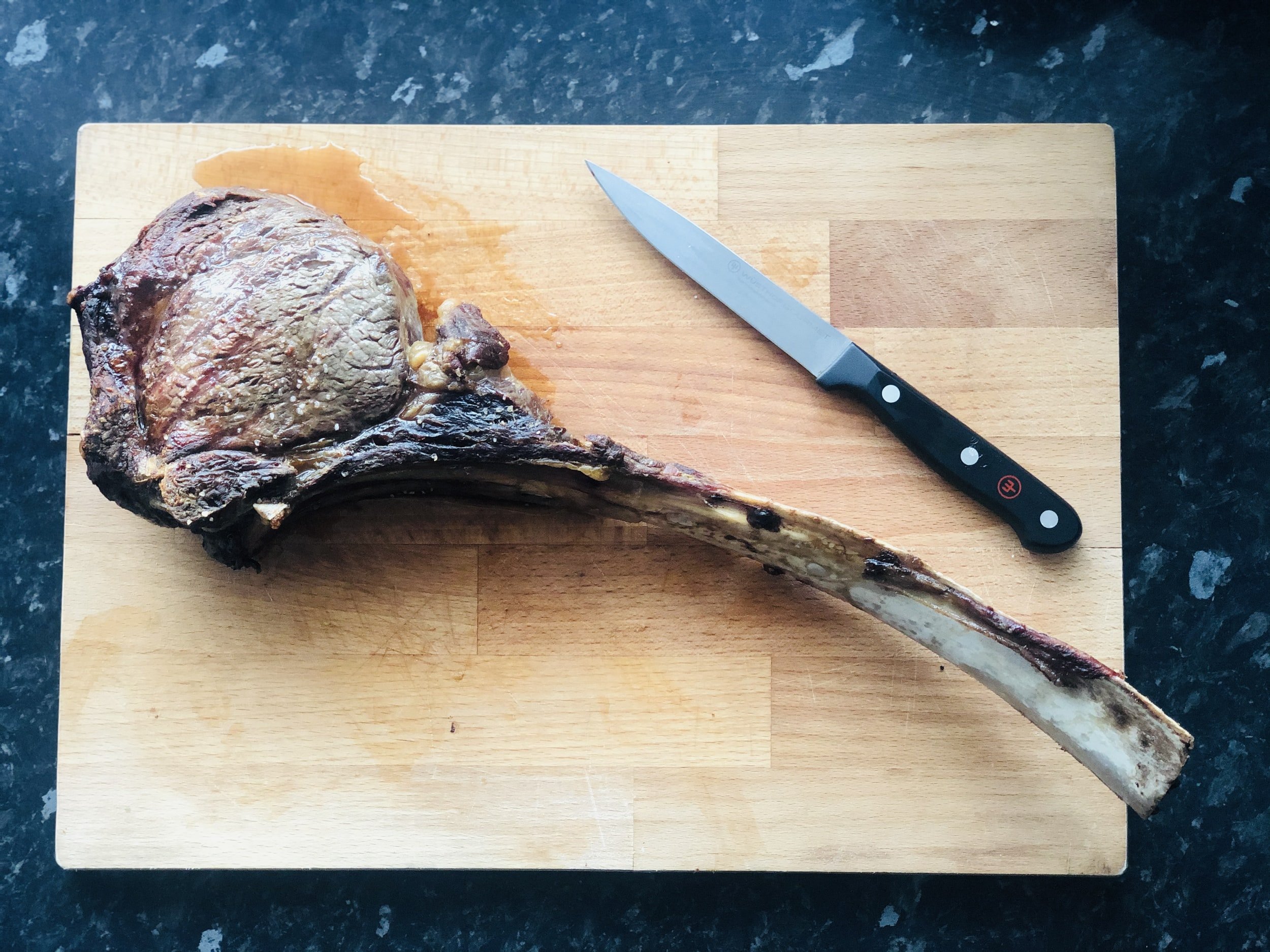You’re Lost…Now What?
Lost in the woods! It can happen to anyone. I have a good friend who was suddenly stunned when he realized he would have to spend his first night in the woods alone. Darkness caught up with him while tracking a buck, and he lost his way in the dark. It can happen when you’re concentrating on tracks on the ground and not keeping your eyes on your surroundings. Fortunately, my friend didn’t panic, and his rain gear saved him from a wet, cold night in the woods.
Panic is your worst enemy when you realize that you’re lost. As scary as it might sound, your first night in the woods alone does not have to be a horrid experience. I have a very important rule when hunting, and I never break it under any circumstances. When I leave deer camp, I always carry enough gear to keep warm and survive 72 hours; the longest most hunters stay lost or stranded. With most search and rescue techniques, lost hunters usually do not have to spend more than one night in the woods. First, remember the rule of threes. You can live three weeks without food, three days without water, three hours without protection in bad weather, and three minutes without air.
Never hunt alone during winter, especially if you’re out of shape. It’s also important to tell your family or a friend where you are going and when you expect to return. This may be your only salvation if you are alone and become disabled or lost.
What You Should Keep In Your Survival Kit
Your survival kit should fit in a small day pack, and you should focus on shelter, warmth, and food. A fully charged cell phone and a handheld GPS should be your first line of defense but never count on batteries or phone towers to get you out of trouble. Your pack should include rain gear, waterproof matches, a space blanket, food, water, a knife, map and compass, a whistle, flashlight, and spare socks and gloves.
The purpose of the day pack is two-fold: survival and peace of mind. Over the years, I’ve made some adjustments to my pack. For example, I carry two space blankets. They are no bigger than a deck of cards, and one can make an emergency roof. I fill a plastic food bag with peanuts and raisins. It’s a trail mix that will give you an energy jolt. I’ve added a box of juice, the kind you puncture with a straw. You can also use the box to start a fire. I also carry spare batteries for my flashlight, half a dozen band-aids for minor cuts and blisters, toilet tissue, and enough spare ammunition to fire signal shots.
Nothing can warm the soul, calm fear and bring hope to a survivor than a warm fire. Build a big and bright fire. In snow, you will have to start a fire on rocks or logs. A fire will do more than just keep you warm. It will give you light, dry clothes, a signal, hot food, and water from melted snow. Your pack should include a good supply of wood strike-anywhere matches or waterproof matches.
If you can’t find waterproof matches, you can do the job yourself by dipping the whole batch in melted paraffin. I also carry a small candle for starting a fire. It burns a lot longer than any match. Carry several fire-starters. Any kind will do, but I like the jelly in a tube. It’s easy to use, and a line of it on a log will set it ablaze. I urge any hunter to practice starting a fire, especially in bad weather. Don’t wait until your life depends on it. When you can get a warm fire going in the rain, you will feel more confident in an emergency.
I always feel more comfortable staying in the woods later in the day, knowing that if I get “turned around,” I can spend a night in the woods without fear or panic. You can customize your day pack to make yourself comfortable, but the basic gear listed here can get you through a night in the woods. You can build a shelter, start a campfire, snuggle up in a blanket and have something to eat and drink. Who knows! You might even enjoy the new experience!
How to Signal For Help
Most hunters and fishermen never really get hopelessly lost. Still, if you ever find yourself in that unfortunate situation, you better learn how to use signals to help your rescuers locate you more quickly. This means sight and sound signals.
The standard three-shot signal is effective, but don’t waste your ammunition during daylight hours when shots are commonplace. Wait until dark, when your friends may be searching for you, and your three-shot signal will be more likely to attract attention, even if it’s from a game warden. You should also be carrying a loud, piercing dog whistle. The sound will carry farther and last longer than your voice.
Build big fires! Your fire and smoke will signal help as well as keep you warm. Remember that the international distress signal is three fires about 50 feet apart in the shape of a triangle. Keep the fires smoky during the day and burning brightly at night. The most effective signal is black smoke because it can’t be mistaken for a campfire. You can get black smoke by burning rubber or some synthetics. In an emergency, you can burn your gun’s recoil pad, your rubber boot heels, and, if you have one, strips from an air mattress. If you can’t make black smoke, you will have to settle for dense white smoke by piling leaves, grass, or moss on the fire.
If you’re in an open area, learn the ground-to-air signals set by the ICAO (International Civil Aviation Organization). These signals are understood worldwide, and every sportsman should know them. You can also tramp out S.O.S. in snow, sand, or dirt. Another good daytime distress device is a signal mirror. There’s no excuse for not carrying a 2 x 3-inch mirror in your shirt pocket. Search and rescue pilots claim they have spotted mirror flashes as far away as 25 miles.
The whole business of signaling simply means that you should do all in your power to let people know you’re in trouble and exactly where you are. Remember to remove all distress signals as soon as you are located and rescued.
Check Out Vin T. Sparano’s Books





